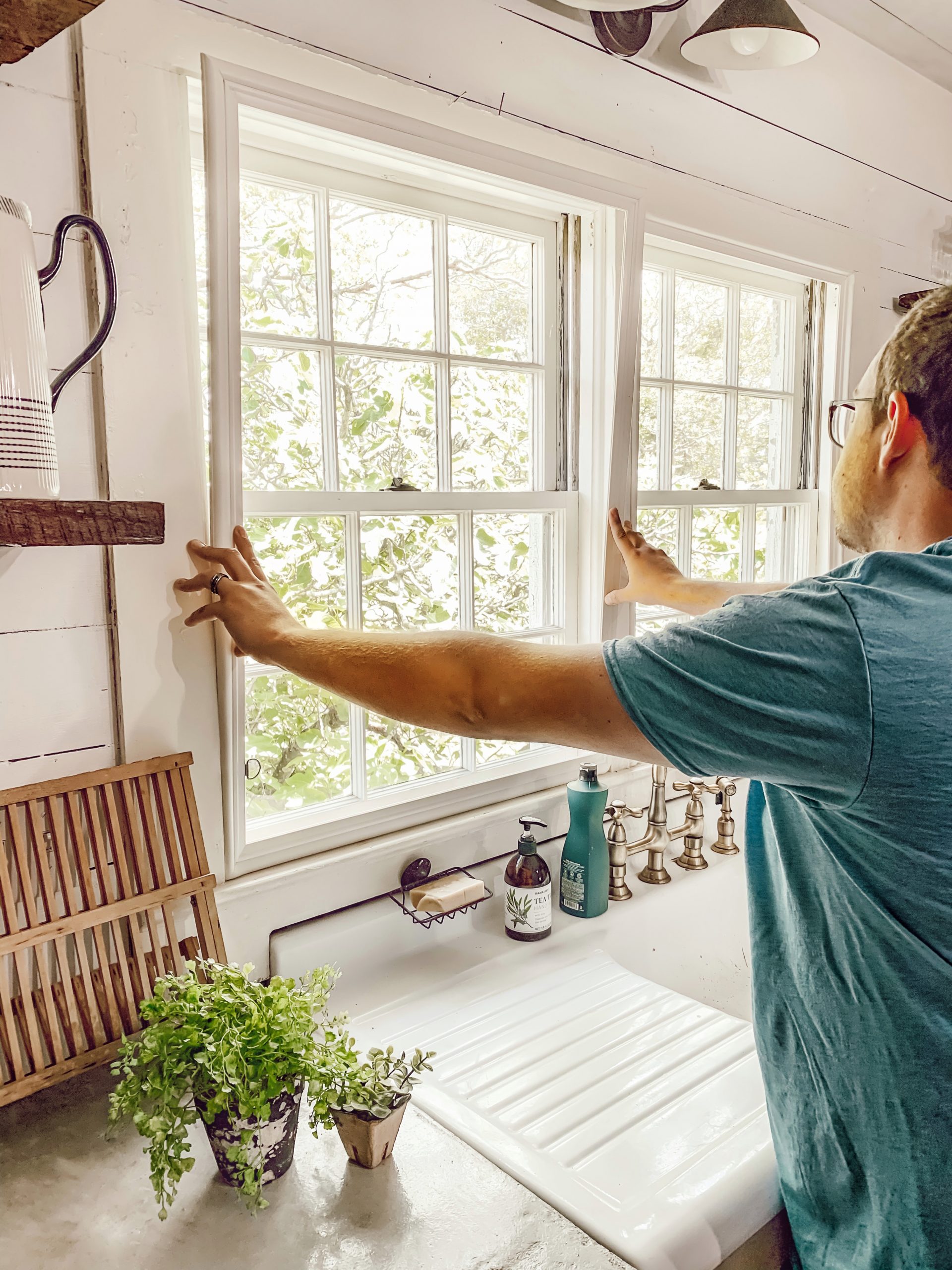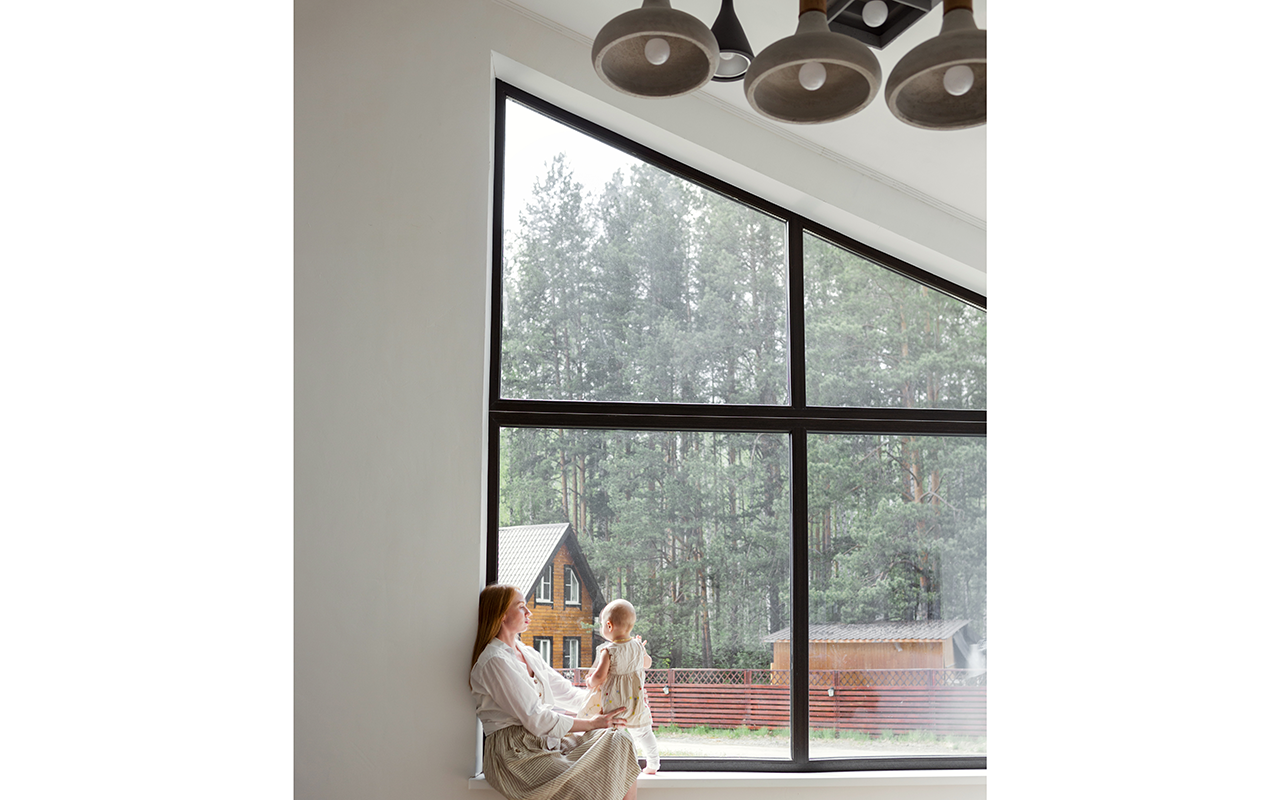Window Condensation Solutions For Your Home
Window condensation can ruin your view, your paint, and your health where issues persist and turn to mold. Condensation is the process of water vapor turning to its liquid form when it goes from a warm state (inside your house) to a cold state (the surface of your window). You can read more about the basics of window condensation in our blog: Window Condensation: Why & How. We’re going to cover other factors that increase your chances of condensation & how to fix it here:
METHODS OF REDUCING WINDOW CONDENSATION
- Lower the relative humidity in a room. Lowing relative humidity can help, but don’t go below 30%. According to the U.S. Energy Star program, indoor humidity levels between 30-50% are ideal. Below or above that can lead to problems with bacteria, viruses, fungi and respiratory infections among other problems. To check the humidity levels in your house, use a hygrometer.
- Be careful of blinds and drapes if you notice condensation. Air moving over a window surface slows the ability of moisture to form. Window coverings can reduce the surface temperature of your window below the dew point increasing your chances for condensation.Install and use ventilation fans.
- Control moisture in kitchen and bathrooms with ventilation fans. These fans will pull the warm, moist air out of your house so water vapor is less likely to consense.
- Buy a dehumidifier or make your own. If you buy one, follow best practices by placing the dehumidifier away from walls and in as central a location as possible in a room. Also, shut windows and doors so it doesn’t have to work to dehumidify the outdoors.
Indow® Inserts often eliminate condensation completely by blocking the hot, moist air from reaching the colder outside glass because of the dead air pocket formed between the insert and the glass.*
Michael loves Indow inserts so much he actually came to work at Indow after buying them for his mid-century modern home in Portland. This video shows how the windows with inserts don’t steam up after a shower. Those without inserts get foggy!
I DON’T HAVE WINDOW INSERTS BUT I DO HAVE STORMS: WHY DO I HAVE CONDENSATION?
Exterior storms contain “weep holes” and don’t provide a near airtight seal. In wetter, southern climates, the outside air can be more humid than the indoor air. In this case, the air pocket between the exterior storm and the primary window pane will have high relative humidity and so condensation can occur on the primary window pane when it cools to the dew point, typically due to air conditioning inside the home.
Interior storms made of glass can lead to condensation in the cavity on the interior storm itself as moist, exterior air gets into the pocket between the storm and the window pane through the leaky original window. If the glass of the interior storm window is cooled to the dew point by air conditioning, condensation happens. Indow window inserts, on the other hand, are made from acrylic which is a better insulator than glass and will not drop as significantly in temperature, thereby reducing the chance of condensation.
In northern climates with lower relative humidity, if an interior storm, regardless of glazing type isn’t airtight, moist interior air can enter and condense inside the cavity between the storm and the primary window pane. Condensation will occur more readily if the glazing material is glass. Indow window acrylic inserts prevent this from happening. They have a near airtight seal and the acrylic holds more energy so it doesn’t cool to the dew point as easily as glass.
WHAT IF I HAVE CONDENSATION BETWEEN THE GLASS ON MY DOUBLE-PANE WINDOWS?
We were recently inside a building with vinyl double-pane windows that had condensation between the panes. This was caused by a crack in the exterior pane that allowed moisture to get into the space between the two panes of glass:
Window condensation between the panes in a double-pane window.
If you have condensation between the glass panes on a double-pane window, then the seal is broken. There are people who specialize in trying to fix this particular problem. Often, though, the window must be replaced. Call your window manufacturer for advice.
TESTIMONIAL
We know this is a lot of information to absorb, but you don’t have to just take science’s word! We have many an Indow window review talking about window inserts solving their window condensation problems. These Indow reviews not only express joy over fixing window condensation, but getting rid of black mold, wet rot, and cold drafts too!
*Indow window inserts will reduce or eliminate condensation in most cases, but not all. Sometimes structural issues can interfere with the ability of the inserts to solve the problem.
To discuss how Indow window inserts may help condensation in your home, and to get a free estimate, fill out our contact us form.







Leave A Comment